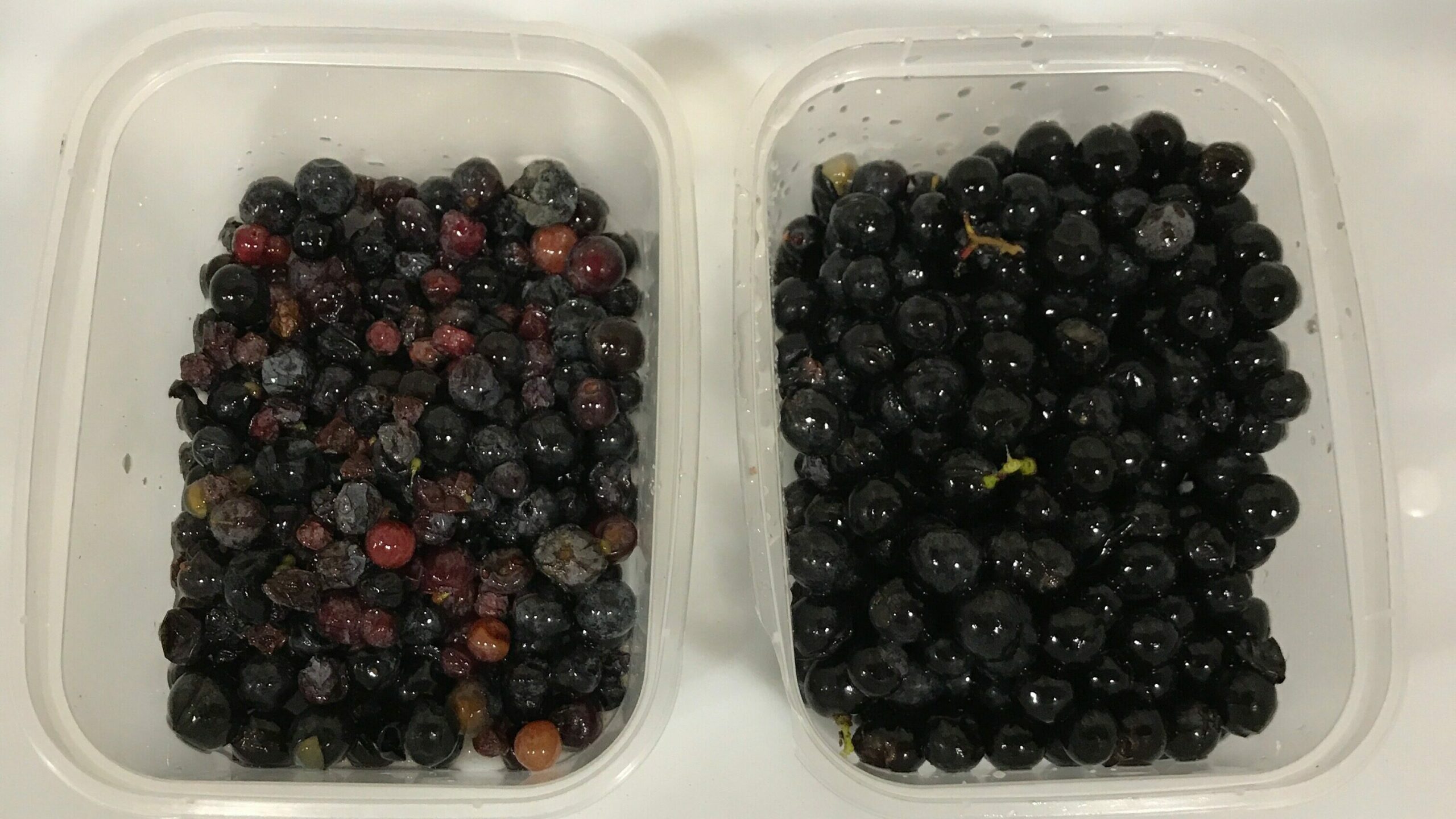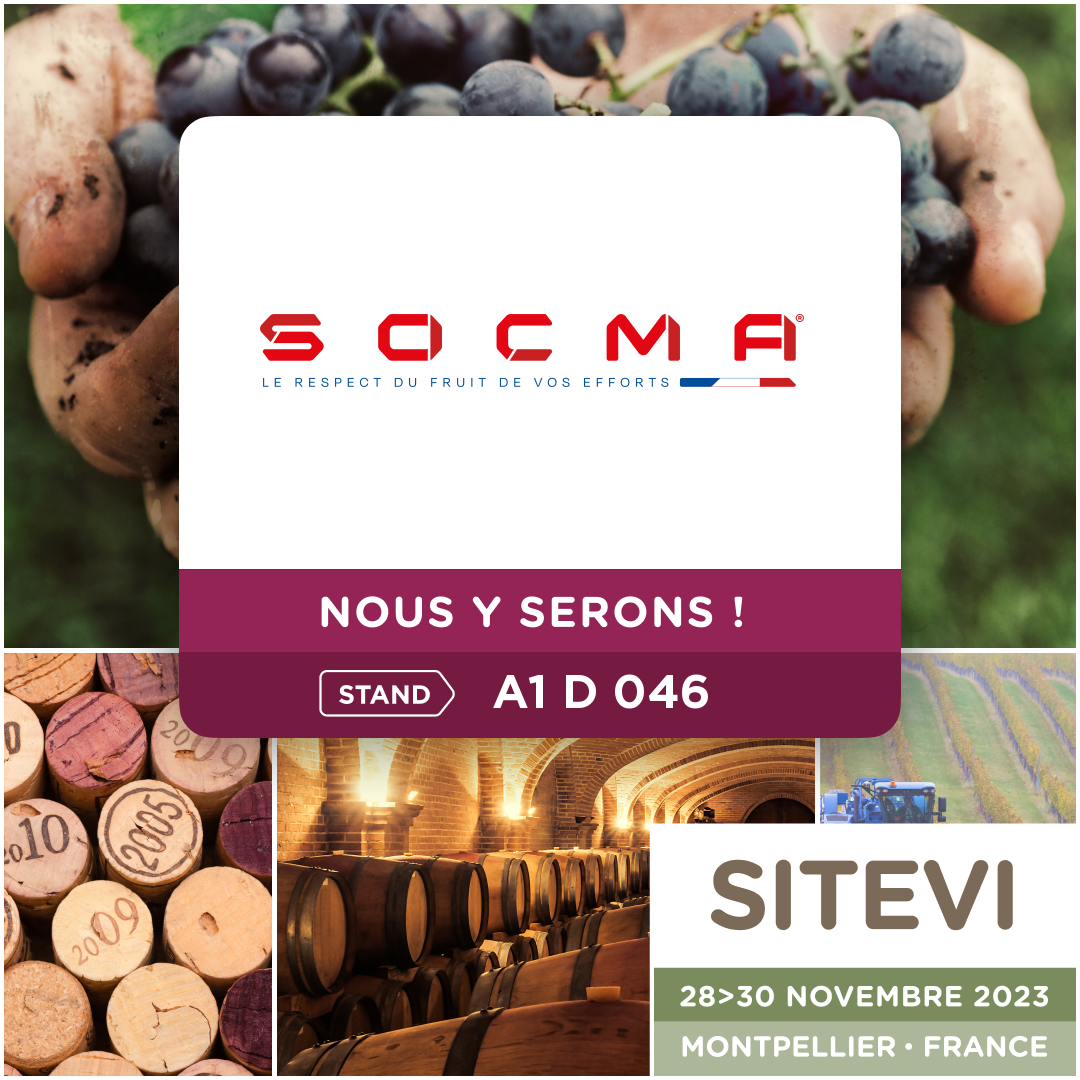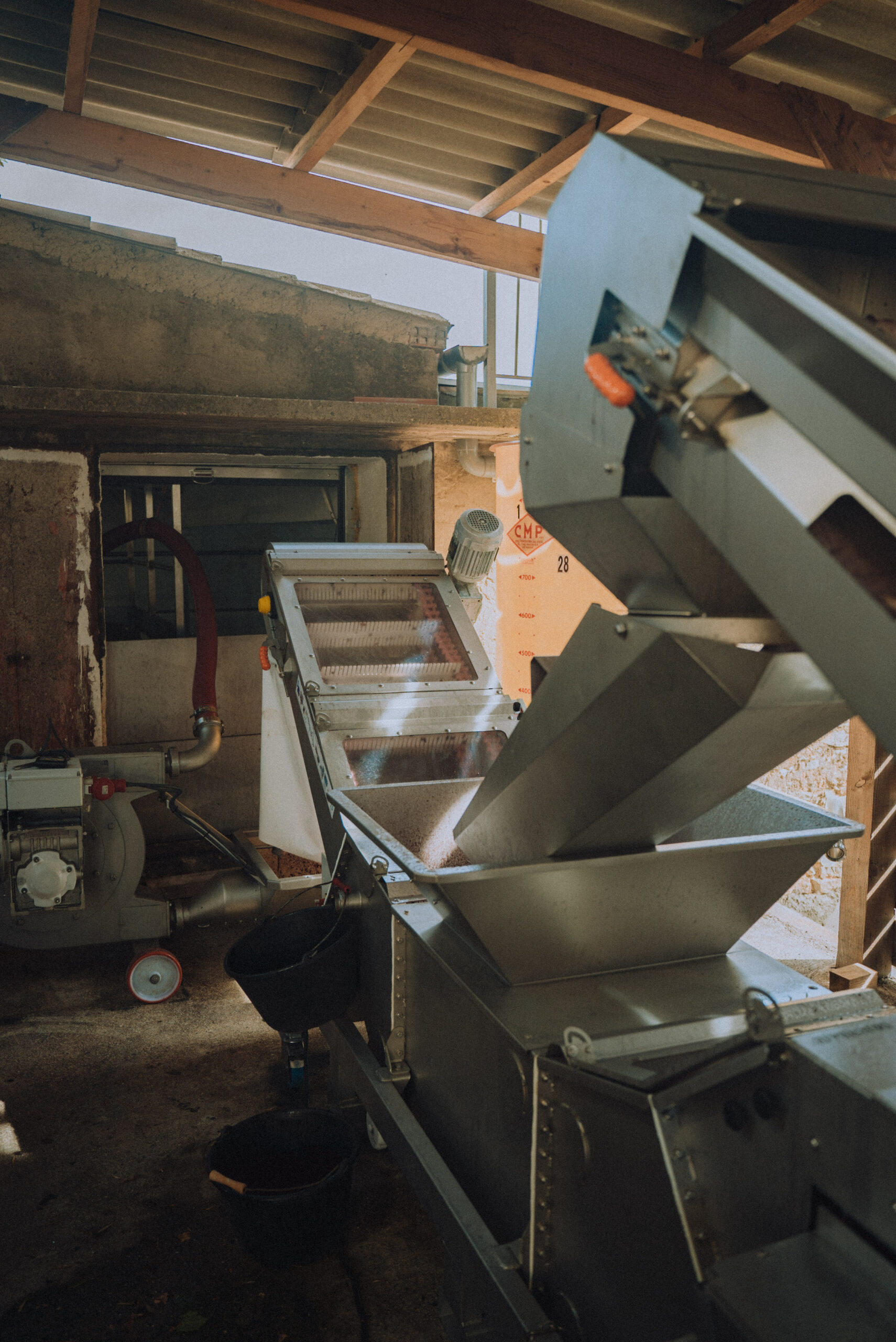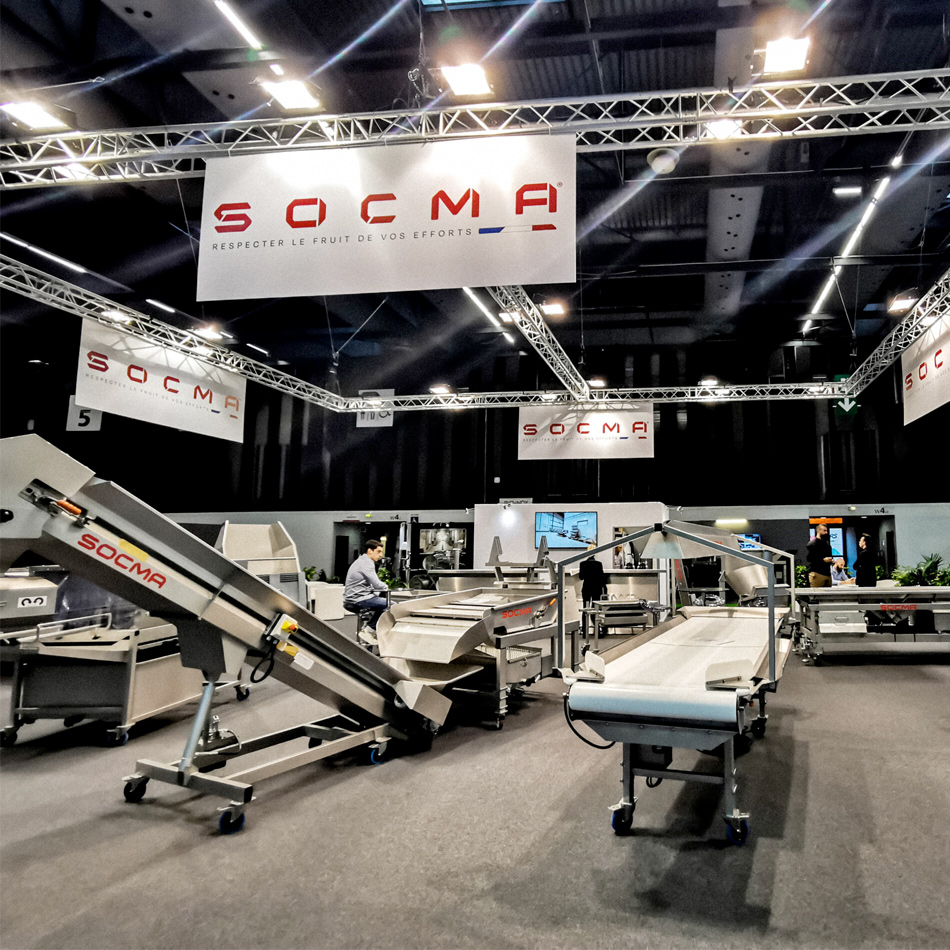At the core of the winemaking process lies a crucial initial phase – grape selection. This pivotal step not only defines the ultimate character of the wine but also reflects the winemaker’s expertise.
Understanding the Process
In the pursuit of crafting exceptional wines, every stage holds significance, and grape sorting is no exception. Historically, this process involved manually removing grapes with imperfections from conveyor belts.
Recognizing the need for faimproved conveyor belt hygienecilité,SOCMA introduced vibrating tables with screens. These tables facilitated the separation of juices and small debris. However, challenges arose due to their screw actuators for leveling and welded screens that didn’t accommodate varying dimensions of undesired elements.
SOCMA addressed these concerns by designing a vibrating sorting table with retractable pedal-operated legs and interchangeable screens. Although some imperfections remained due to differences in grape maturity, this underscored the importance of post-destemming sorting.
Conventional destemmers posed challenges due to stem tearing and berry bursting, making it challenging to eliminate vegetative debris, unripe berries, verjus, and insects mixed with the pulp and juice of burst berries.
Innovation through Experience
Through innovations like the gentle Cube® for grapes and stems, the vibrating hopper, and Viniclean®, SOCMA overcame these obstacles, ensuring only intact berries reached the tank.
The challenge of differing berry maturity within clusters was tackled with the Densibaie®, which segregates berries based on their maturity. This innovation empowers winemakers to refine their vinification process.
This operation involves selecting the finest berries and removing undesirable elements like damaged, dry, or underripe berries. It also eliminates insects, debris, and foreign matter that could impact the wine’s flavor and shelf life. The sorted grapes yield precise musts, leading to refined, complex, and balanced wines.
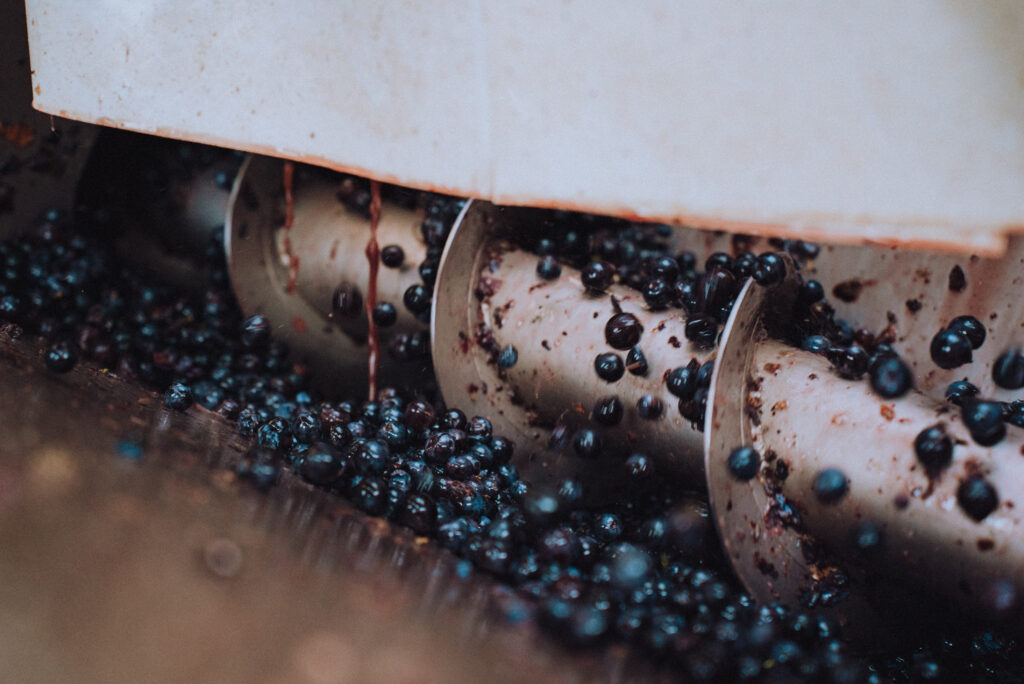
Sorting Techniques
Various techniques exist for grape sorting.
Manual sorting, meticulous but labor-intensive, involves operators removing subpar grapes. Mechanical sorting is quicker and less costly, relying on size and weight.
In recent times, new sorting methods have emerged:
Semi-automated sorting combines manual and automated processes, using vibrating tables for selection based on predefined criteria. This balances advantages but can strain operators’ eyes.
Viniclean®, a mechanical method following SOCMA’s vibration sorting, employs rotating grooved rollers to expel foreign materials, exceeding the berry’s size.
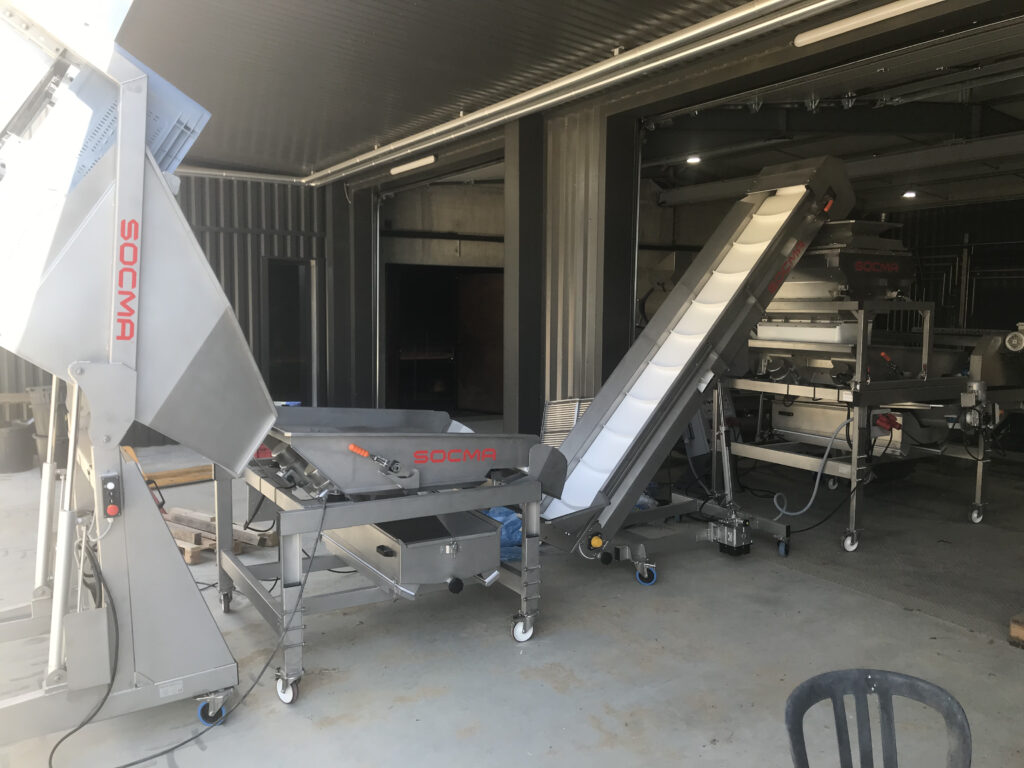
Sorting’s Impact on Wine Style
Grape sorting significantly influences wine quality, stability, and style. The chosen grapes impact aging and organoleptic characteristics like color, aroma, and texture.
Sorting can also shape the wine’s style, with ripe grapes yielding richer, denser wines and less ripe ones creating lighter wines. This offers flexibility in aligning the wine style with market expectations. A similar effect is seen on alcohol levels.
From taste refinement to problem-solving during vinification, grape sorting’s importance is evident, especially in challenging vintages.
The Climate Challenge
Though weather remains uncontrollable, SOCMA’s relentless pursuit of sorting technology equips winemakers to navigate nature’s unpredictability.
